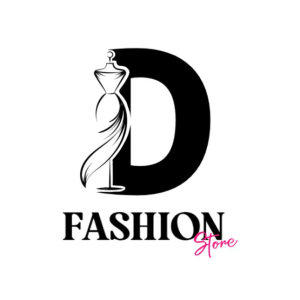Fashion Design notes
Completion requirements
1. fashion and design introduction
AI Overview

Key aspects of fashion design include:
-
Conceptualization and Ideation:Fashion designers translate their vision into tangible designs, often drawing inspiration from various sources like culture, art, and personal experiences.
-
Sketching and Design Development:This involves translating ideas into sketches, technical drawings, and eventually, prototypes or samples.
-
Pattern Making and Construction:This is the technical aspect of fashion design, where patterns are created to guide the cutting and sewing of fabric into garments.
-
Understanding of Materials and Textiles:Designers need a good grasp of different fabrics, their properties, and how they behave when used in clothing.
-
Aesthetics and Design Principles:Elements like color theory, balance, proportion, and texture play a crucial role in creating aesthetically pleasing and harmonious designs.
-
Trend Forecasting and Market Research:Fashion designers need to be aware of current trends, consumer preferences, and market demands to create designs that are relevant and marketable.
-
Marketing and Promotion:Fashion designers also play a role in showcasing their collections, often through fashion shows, lookbooks, and collaborations with retailers.
Career Paths in Fashion Design:
Fashion designers can work in various settings, including:
- High fashion (Haute couture): Designing unique, custom-made garments for a select clientele.
- Ready-to-wear: Designing clothing for mass production and retail.
- Freelance: Working on a project basis for various clients.
- In-house at a fashion house or brand: Designing within a specific brand's aesthetic and guidelines.
- Starting their own label: Developing and managing their own brand and collection.
Fashion design is a dynamic and evolving field, constantly influenced by cultural shifts, technological advancements, and changing consumer preferences.
